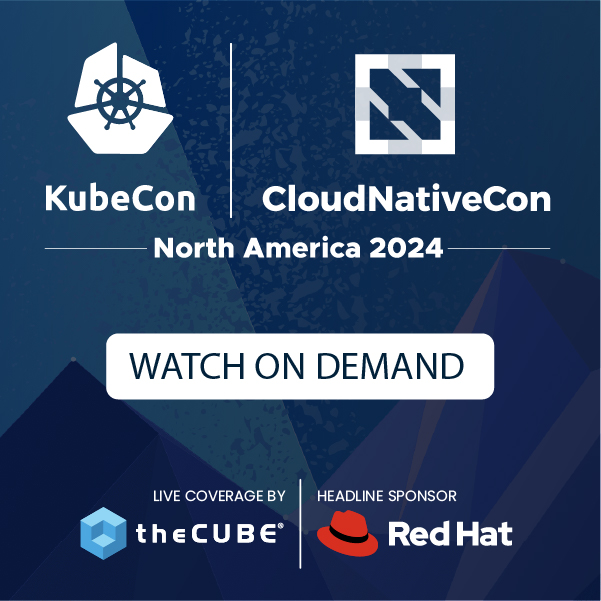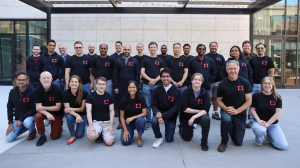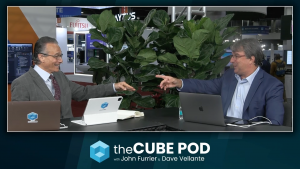Aereo case threatens TV, not the cloud
![]() USA Today gets it wrong when it claims the future of cloud computing hangs in the balance as the U.S. Supreme Court considers a case brought against start-up Aereo by the major television networks.
USA Today gets it wrong when it claims the future of cloud computing hangs in the balance as the U.S. Supreme Court considers a case brought against start-up Aereo by the major television networks.
Most cloud computing isn’t about redistribution of other peoples’ content without payment or using Rube Goldberg schemes, like Aereo’s little antennas, to game the legal system.
Cloud computing, at least here at SiliconANGLE, is a lot more than streaming media. I’m not concerned that the Aereo decision, one way or the other, will slow down cloud adoption. Cloud computing is not shorthand for content distribution scheme, as the nation’s newspaper appears to believe.
Aereo, for those who don’t already know, is a Barry Diller-backed service that uses arrays of “dime-sized antennas” to capture over-the-air TV signals, connect them to a user-controllable DVR, and stream the output to the customer’s digital devices. (Here is a review of Aereo).
With Aereo, you don’t get cable-only channels, but for $8-$12-a-month you get a lot more television than the cable monopolies provide for the same price. As if they even offered such pricing.
Aereo claims that picking the signals over-the-air exempts it from payments to broadcasters, the same way individual home antenna users aren’t required to pay. That is the loophole Aereo is asking SCOTUS to preserve.
Of course, the cable companies are also required by law to pay to retransmit over-the-air signals to their customers. Since it uses the tiny antennas and the Internet, Aereo says it is not a cable system and does not have to pay for programming its customers receive.
That many of us receive Internet (and Aereo) over the exact same connection as cable TV is a non-distinction Aereo wants to avoid.
Making the case
.
On Tuesday, the Supremes heard arguments in the case, which has been winding its way through the courts with varying results. Sometimes Aereo won. Othertimes the broadcasters won. Aereo games the law by using individual antennas, one per subscriber, to capture the signals yet, on balance, Aereo does the same thing cable does.
You can’t be expected to remember, but the forerunner of CATV (cable television) was MATV, which stood for master antenna television. MATV was used in rural places to capture big city TV, usually using antennas placed atop a tall tower, and redistribute them using coaxial cable.
Unlike Aereo, other Internet TV providers, including Hulu and Netflix, pay for their content. Are those the cloud providers threatened by this case? Perhaps, though what they offer is different from being a DVR for your local channels (only) that Aereo provides.
The cost of media regulation
.
This is an interesting case that highlights the problems of media regulation. The FCC, foolishly, I think, chose not to regulate cable the same way broadcasters are regulated. At least partially as a result, cable pricing — a monopoly in most places — is laughably expensive. Even when all you get are local over-the-air channels and a few basic networks, cable costs a lot.
I have no sympathy for the cable companies, populated as they are by people not-quite-classy enough to be broadcasters, which isn’t saying much.
Aereo is the natural response, legal loophole and all, to the cable rip-off. But, if Aereo wins, the whole system of how we pay for television programming will be upset.
If they lose to Aereo, it’s likely television networks will offer their programming online at lower prices than Aereo. Local broadcasters, the folks who give us what passes for local news, could be badly hurt as their primary reason for being is providing network programming to their local areas.
Aereo is a response, not an innovation, that appears to be part of a legal game intended to change how money flows in Internet television. As such, whatever the Supreme Court decides is unlikely to change the cloud, but could change how we watch — and pay for — network television.
photo credit: *Seth via photopin cc
A message from John Furrier, co-founder of SiliconANGLE:
Your vote of support is important to us and it helps us keep the content FREE.
One click below supports our mission to provide free, deep, and relevant content.
Join our community on YouTube
Join the community that includes more than 15,000 #CubeAlumni experts, including Amazon.com CEO Andy Jassy, Dell Technologies founder and CEO Michael Dell, Intel CEO Pat Gelsinger, and many more luminaries and experts.
THANK YOU











